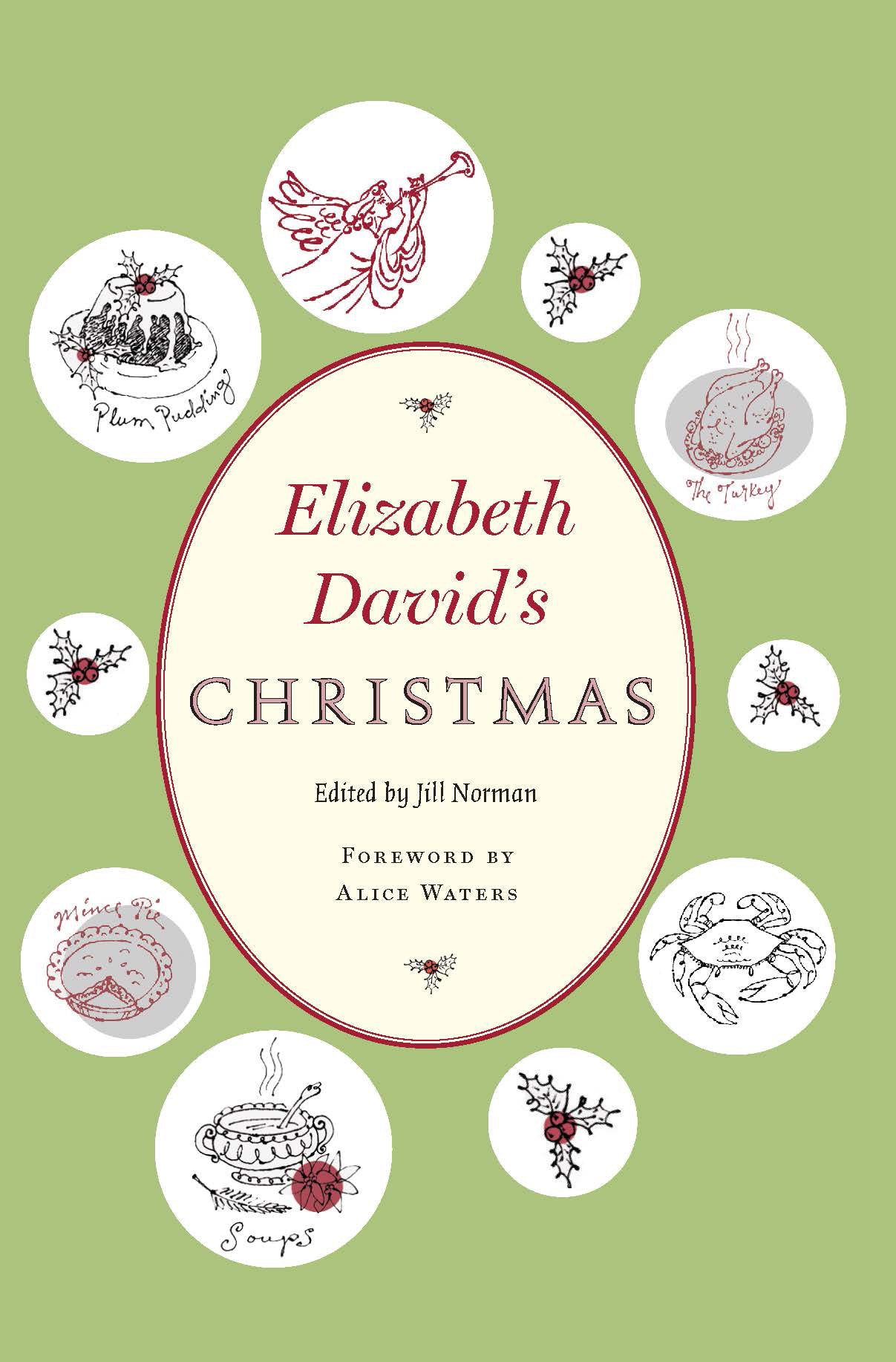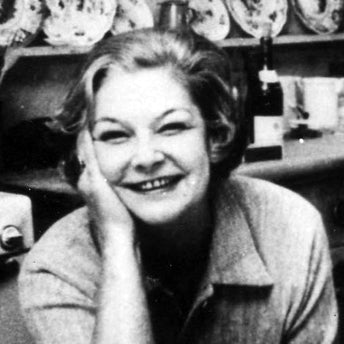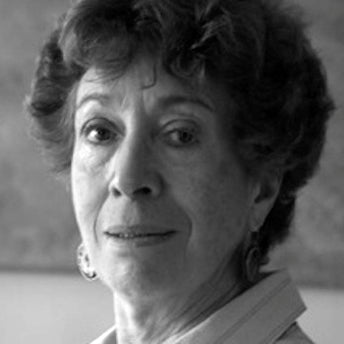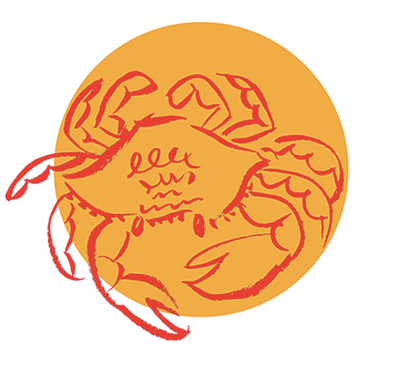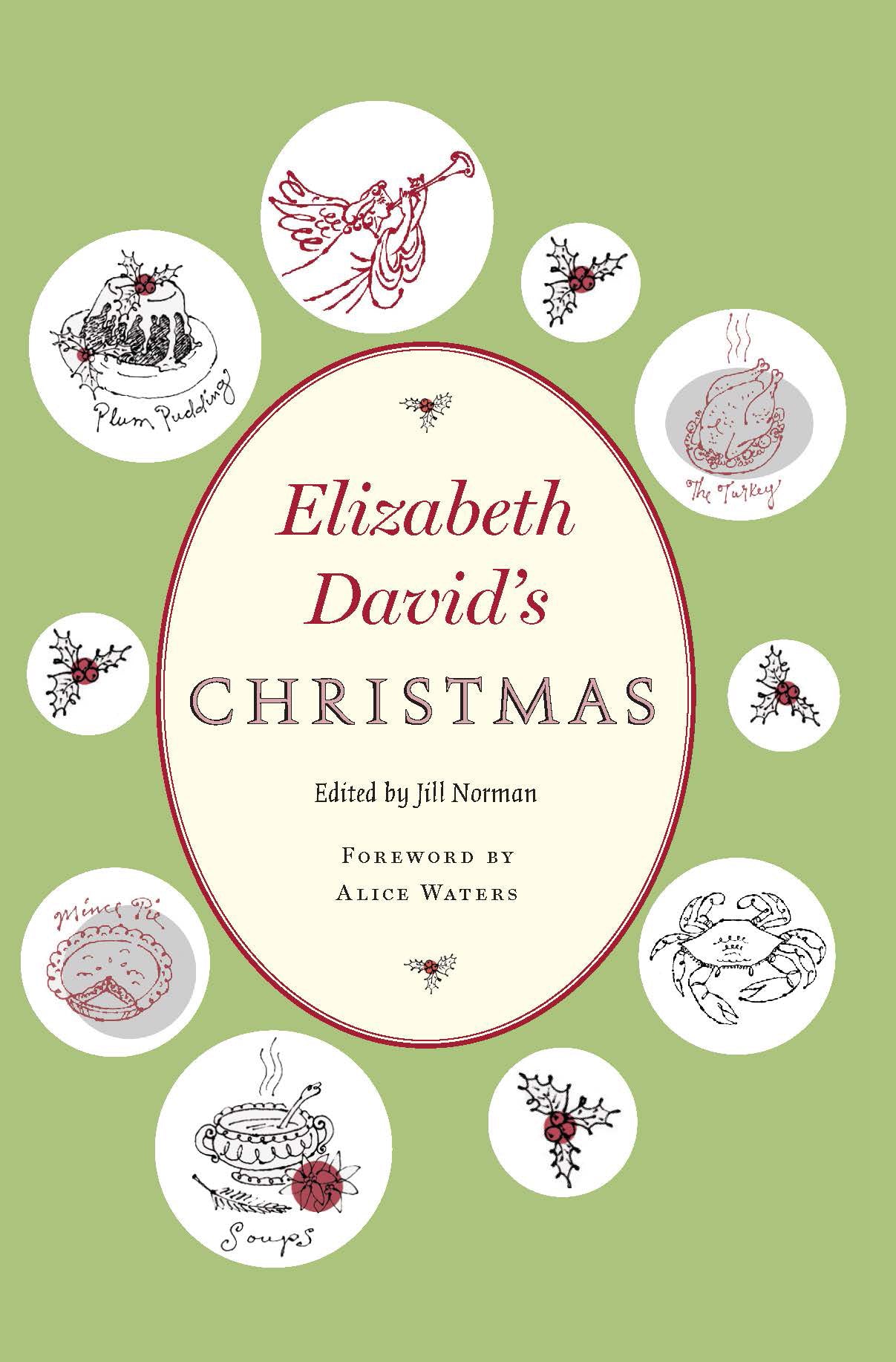
Throughout her distinguished career, Elizabeth David wrote and collected many articles about Christmas food. She put together a file of these articles, recipes, and notes, and even wrote an introduction, intending to publish them as a book. It never appeared, and after her death in 1992, her literary executor Jill Norman found the box with all this material. She put them together as Elizabeth intended, and we now have her "Christmas" edited for the American reader, handsomely illustrated and ready to guide us through this daunting festive season with good food and high spirits – and our humor intact.
Beautifully written, this new edition contains around 150 recipes together with a selection of David's own articles, plus other writings that over the years she found interesting and helpful. Feeding friends and family for Christmas can be stressful, and this book is intended to help busy cooks plan ahead and enjoy Christmas as much as their guests. The classics are all here: turkey (of course), but also goose; stuffings; sauces; mince pies; and Christmas puddings. For the armchair cook, the text also provides information as well as diversion: here are the actual traditions of Christmases past, as well as descriptions of the yuletide in other countries. In other words, a feast for mind, chef, and table.
Praise for Elizabeth David's Christmas
Quite simply, the best food writer of her time. —The Times Literary Supplement
Like all of David's books, this one is even better for daydreaming. The author seems to have viewed it that way herself. As much as she loved thinking about food and sharing it with friends and family, her own idea of a fine holiday to was to stay in bed, making herself lunch on a tray. Smoked salmon, home-made bread, butter, lovely cold white Alsace wine. A glorious way to celebrate Christmas. —The New York Times
If we were to bushwack our way back to the true source of modern American food culture, we would find that it is not Julia Child, but Elizabeth David. (Her) recipes are all charm. —The New Yorker
"Joy to the cooks" world! David returns with a marvelous compendium of English holiday recipes dating back to medieval times. In addition to the expected plum puddings and mincemeant (with real meat), there are a wheaten or barley porridge called frumenty —a favorite in the middle ages—and a delicious spiced beef that recalls some of the flavors that were most familiar before the New World added its bounty to European tables. Absolutely essential. —The Library Journal
Elizabeth David's Christmas is based on a box of essays, recipes, and writings David collected over the years for a Christmas book she never found time to compile. In 2003, her editor and literary executor, Jill Norman, first published this project in Great Britain to wide acclaim. David was a contributor to numerous publications in England and the United States from 1949 to '64 and is credited by culinary heavyweights like Julia Child and Alice Waters with being one of the few bright lights in those dark ages of cooking. She writes with charming feistiness. Her kitchen skills and general food understanding is readily apparent on every page. In a section devoted to traditional Christmas dishes, she scoffs at the idea of closely following 200-year-old recipes because methods and equipment have changed so dramatically. Later, she quotes Phileas Gilbert, one of Escoffier's collaborators: "Cookery is as old as the world, but it must also remain, always, as modern as fashion." —Foreword Magazine
Elizabeth David was, "quite simply, the best food writer of her time" —Jane Grigson, Times Literary Supplement
